Nuclear Waste From Cold War Times Will Come Back to Haunt Humans
During the Cold War, the United States and other countries partook in defensive activities involving nuclear components. This nuclear waste was often left behind in these various regions.
While this radioactive waste was disposed of, remnants of it remain. A new report indicates that climate change and rising temperatures around the globe could make this nuclear waste a problem for everyone.
The Ramifications of Past Nuclear Testing
According to a new report conducted by the Government Accountability Office (GAO), different parts of the globe may soon face ramifications, thanks to past U.S. nuclear testing.
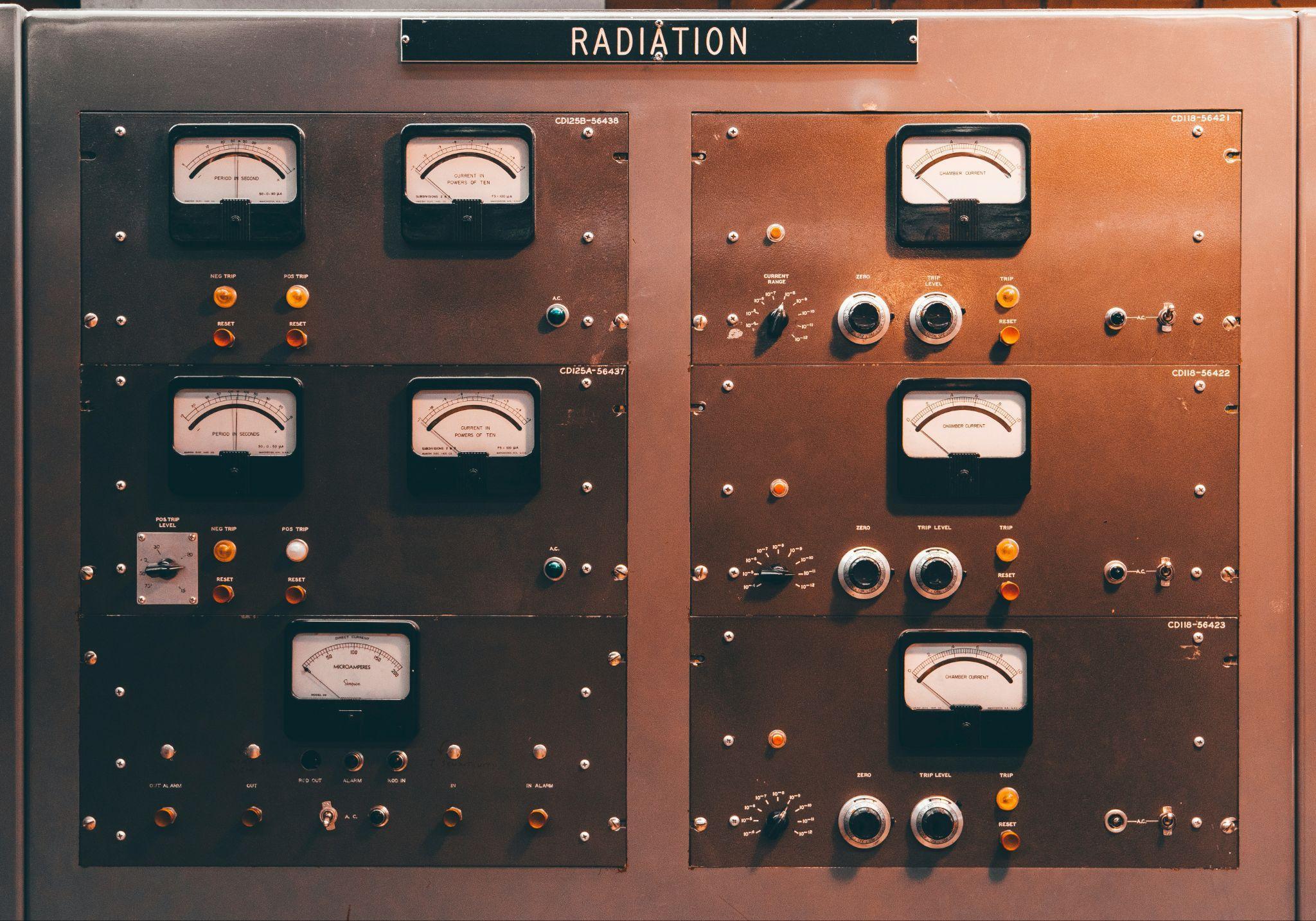
Source: Dan Meyers/Unsplash
During the Cold War, nuclear testing and defensive activities were done in the Pacific. However, some areas of Spain and Greenland also saw these activities. Now, this report suggests that these past tests may continue to haunt present-day humans.
Climate Change May Complicate Left Behind Nuclear Waste
The GAO explains that ongoing climate change could disturb much of the nuclear waste that was left behind in areas like Greenland. Rising temperatures and sea levels could greatly impact this waste that was disposed of decades ago.
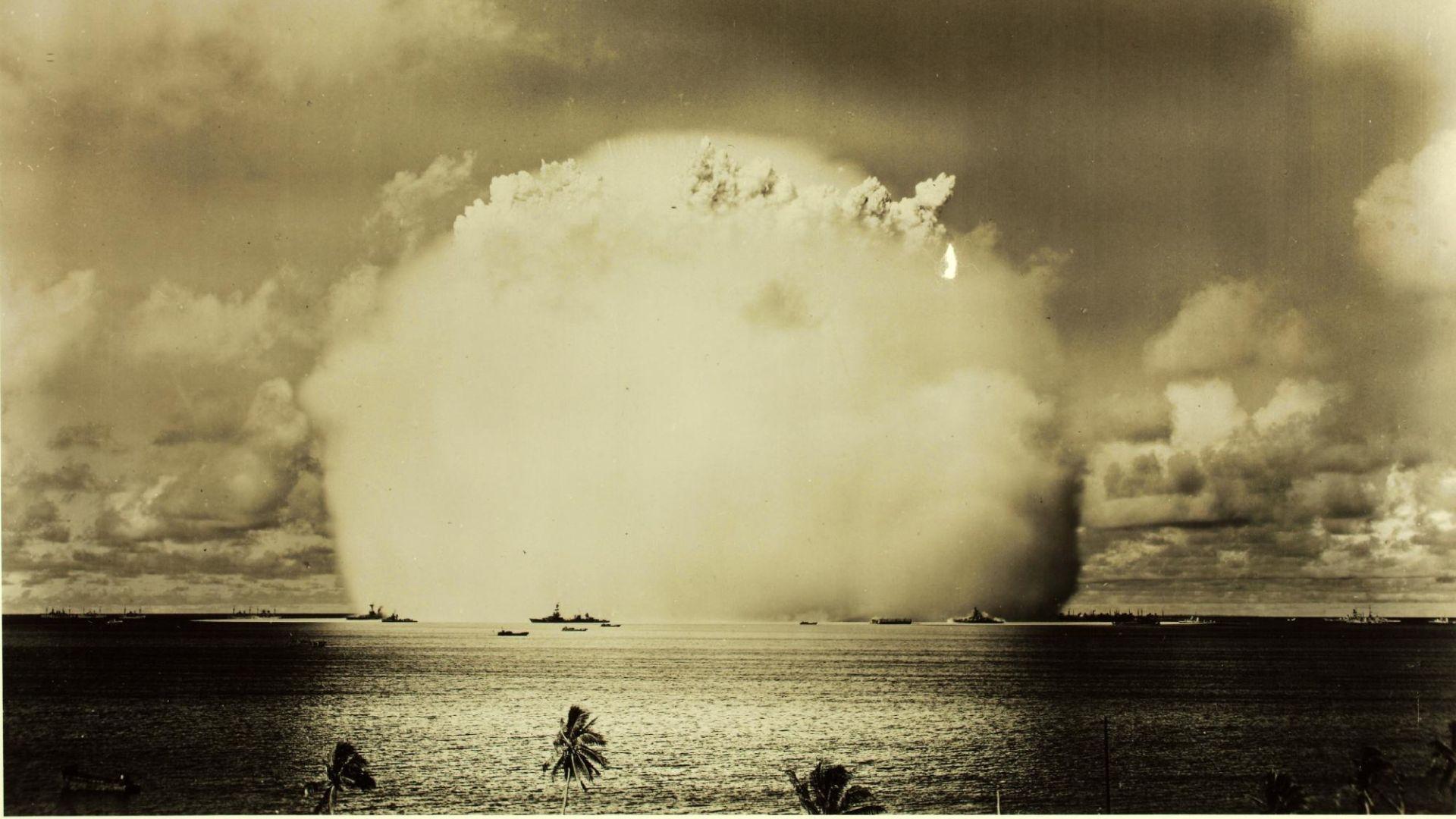
Source: SDASM Archives/Wikimedia Commons
If this does happen, then this waste could soon be exposed to human beings in this area. However, it could also quickly spread to other areas around the world.
The Marshall Islands’ Radioactive Waste
Throughout the Cold War, the U.S. and many other organizations and nations conducted nuclear tests in the Marshall Islands. Because of these tests — such as the Castle Bravo nuclear tests — much of this area was affected.
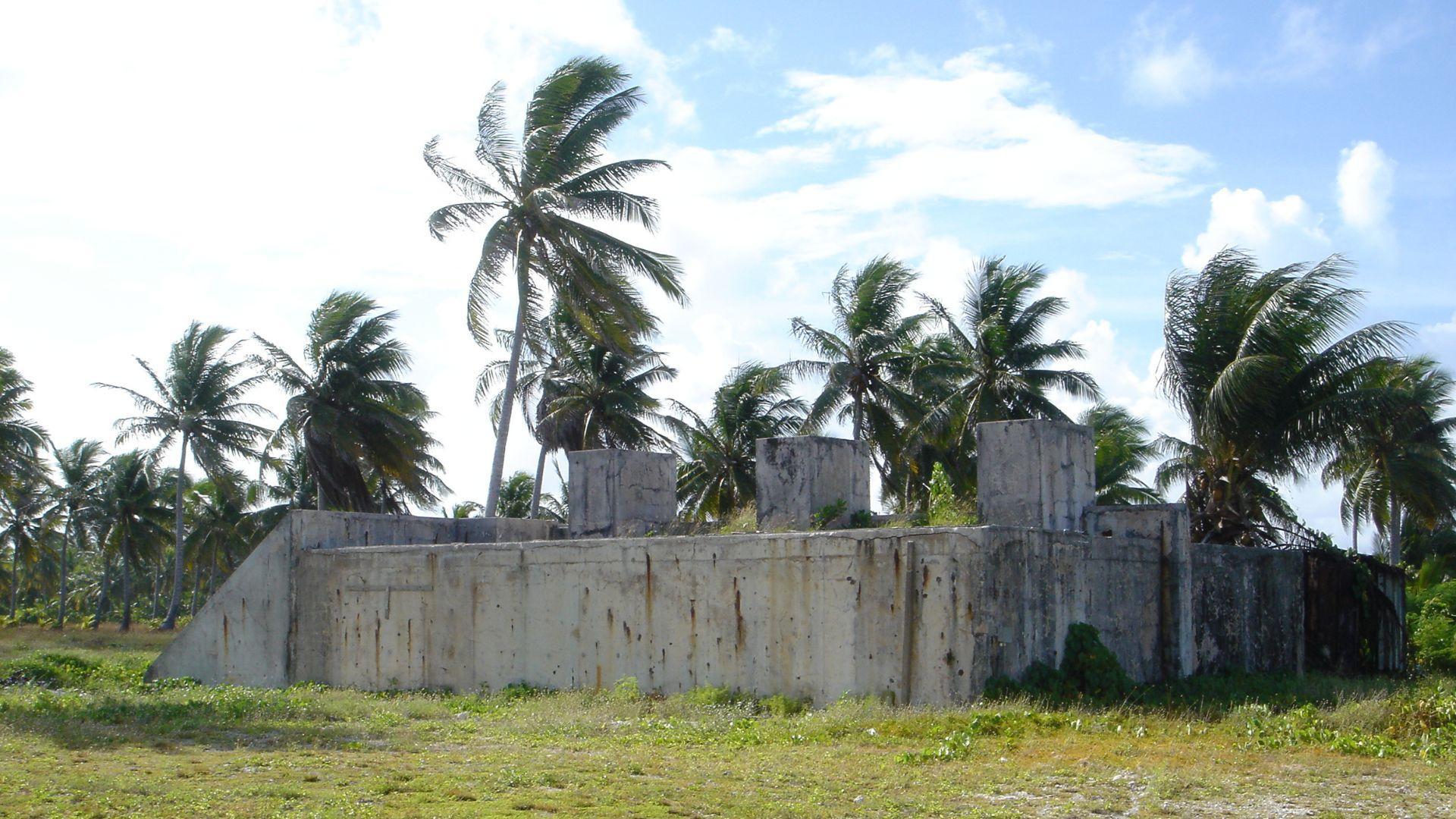
Source: Ron Van Oers/Wikimedia Commons
Even today, many places in the Marshall Islands are considered unsafe because of radioactivity levels. Now, however, this spot of the world may have more to worry about, thanks to climate change.
People Are Still Affected by Testing
In the Marshall Islands, many Indigenous people were affected by nuclear testing in many ways. Many grew sick over time, thanks to poisoned fish and increased cancer rates in the area. Environmental devastation in the area also persists.
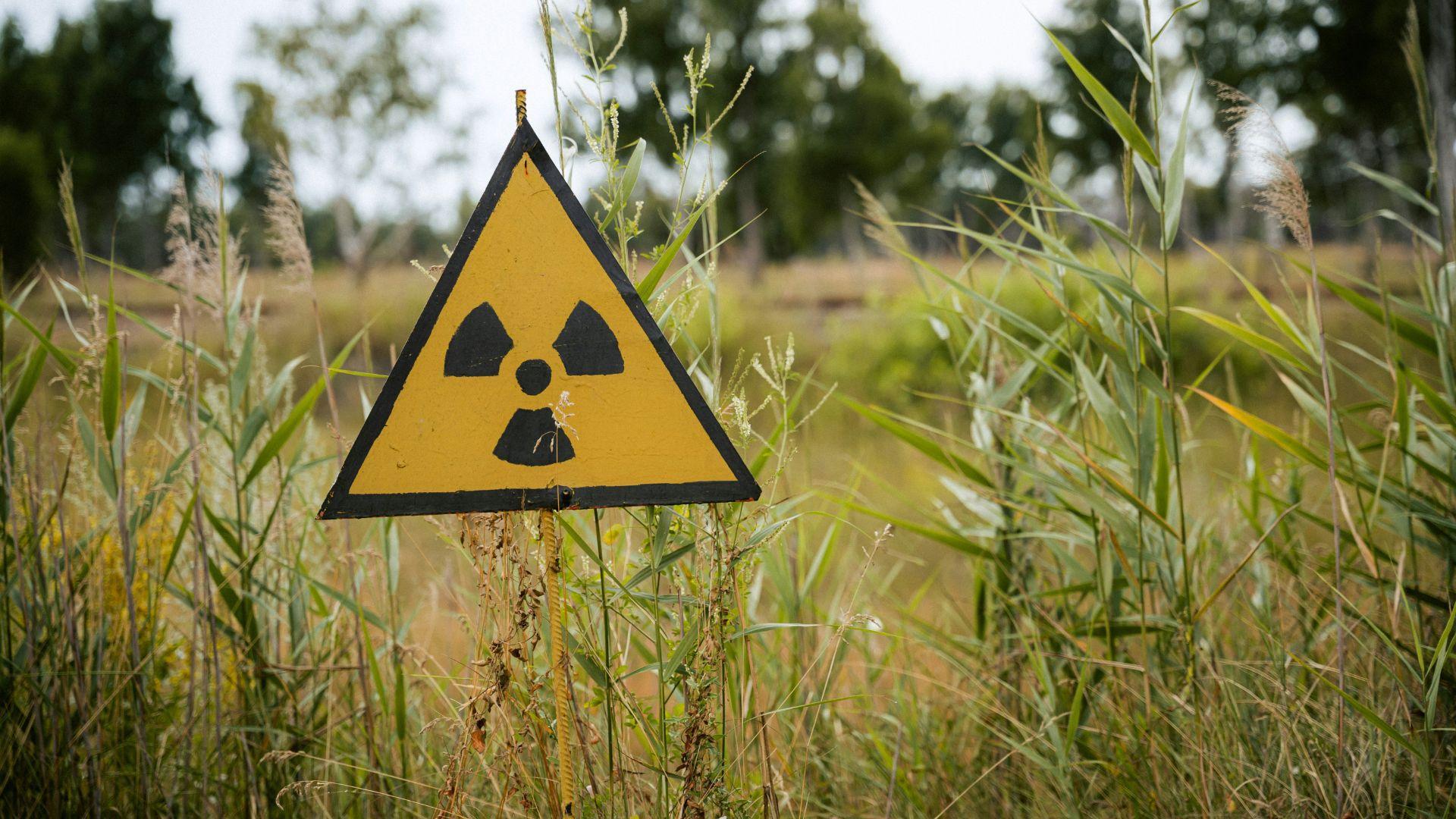
Source: Kilian Karger/Unsplash
Now, this new reporting suggests that climate change could move the left-behind radioactive materials around.
Rising Sea Levels in the Marshall Islands
One way nuclear waste could be impacted thanks to climate change? Rising sea levels. Rising sea levels have become a major issue for the Marshall Islands. Recent years have seen flooding of neighborhoods and graveyards in this area.
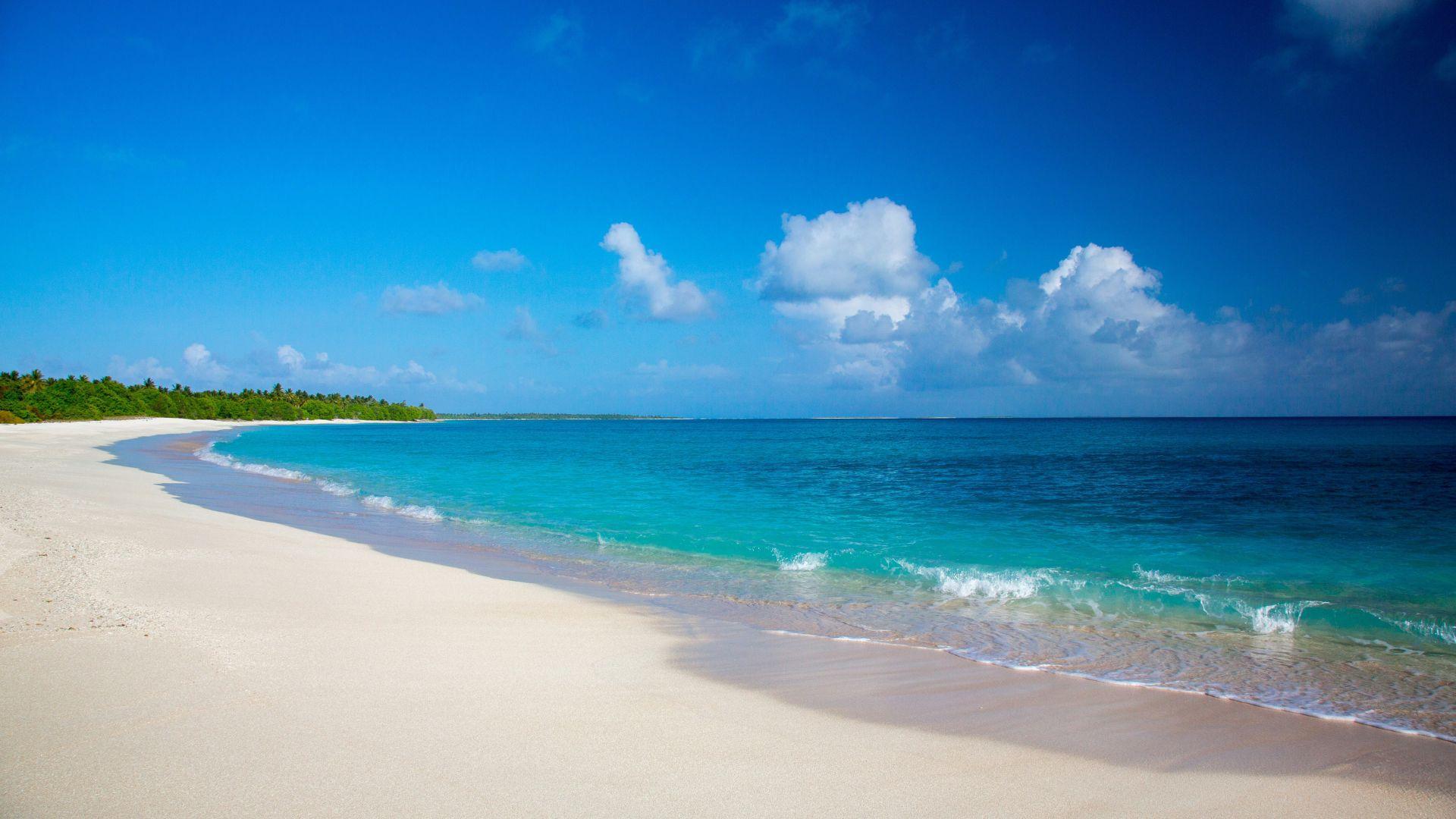
Source: Kurt Cotoaga/Unsplash
Though the communities in the Marshall Islands are working hard to try to combat rising sea levels — and save themselves as climate change worsens — many remain worried about nuclear waste. If the sea levels continue to rise, then the nuclear waste in this area could experience movement and potentially increase contamination in the islands.
Greenland’s Radioactive Waste
The U.S. also engaged in nuclear testing in Greenland. To this day, there’s a frozen layer of nuclear waste, alongside chemical pollution, in the area underneath the ice.
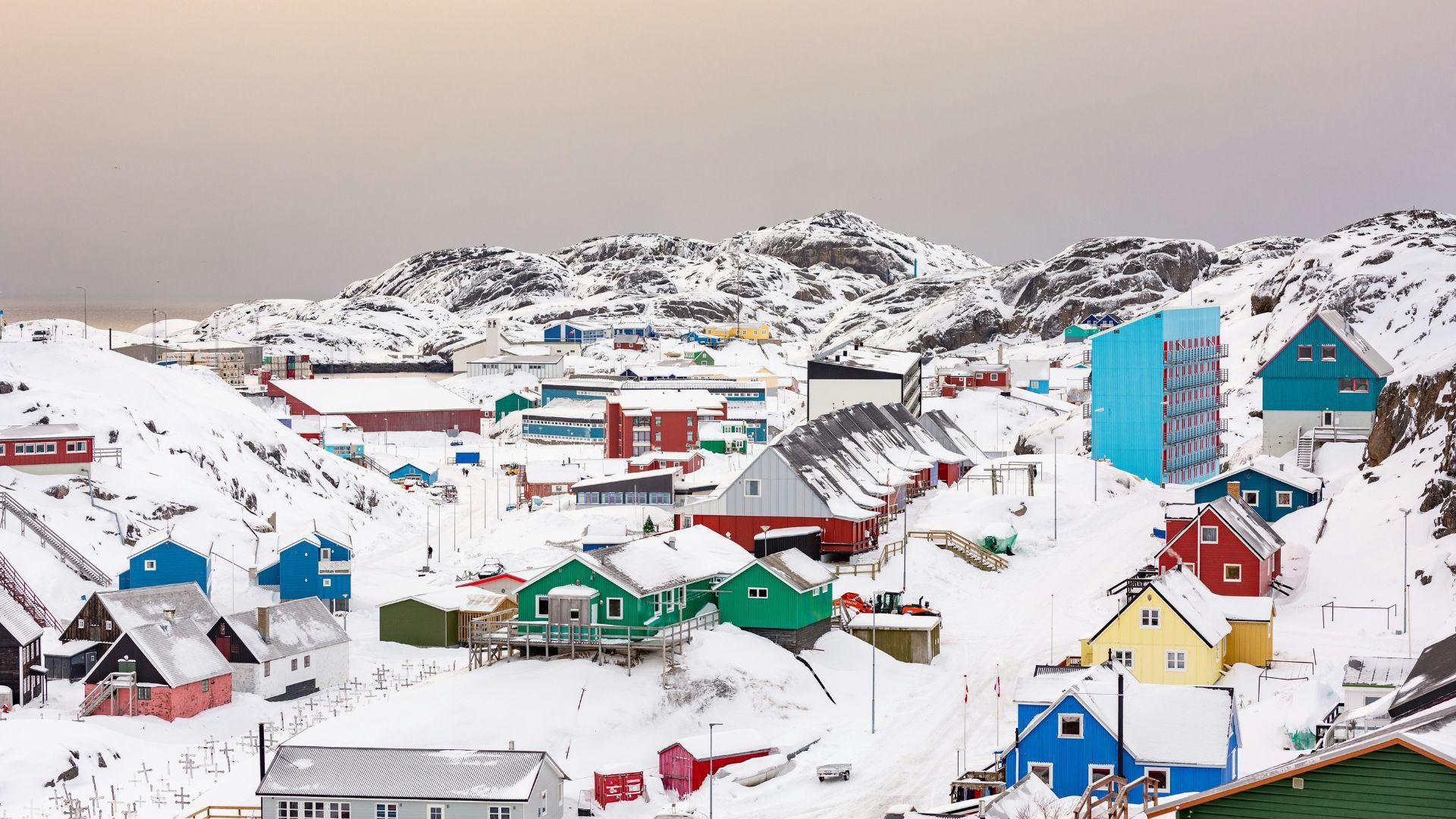
Source: Visit Greenland/Unsplash
This is all thanks to the U.S.’s activities during the Cold War in the area. The U.S. had a military research base that also contained a nuclear power plant in this region. This waste is the remains of this plant.
The Oceans Are Warming
Thanks to climate change, temperatures around the globe have increased. This has also resulted in the oceans’ temperatures increasing, and now water is warmer than it’s been in centuries.
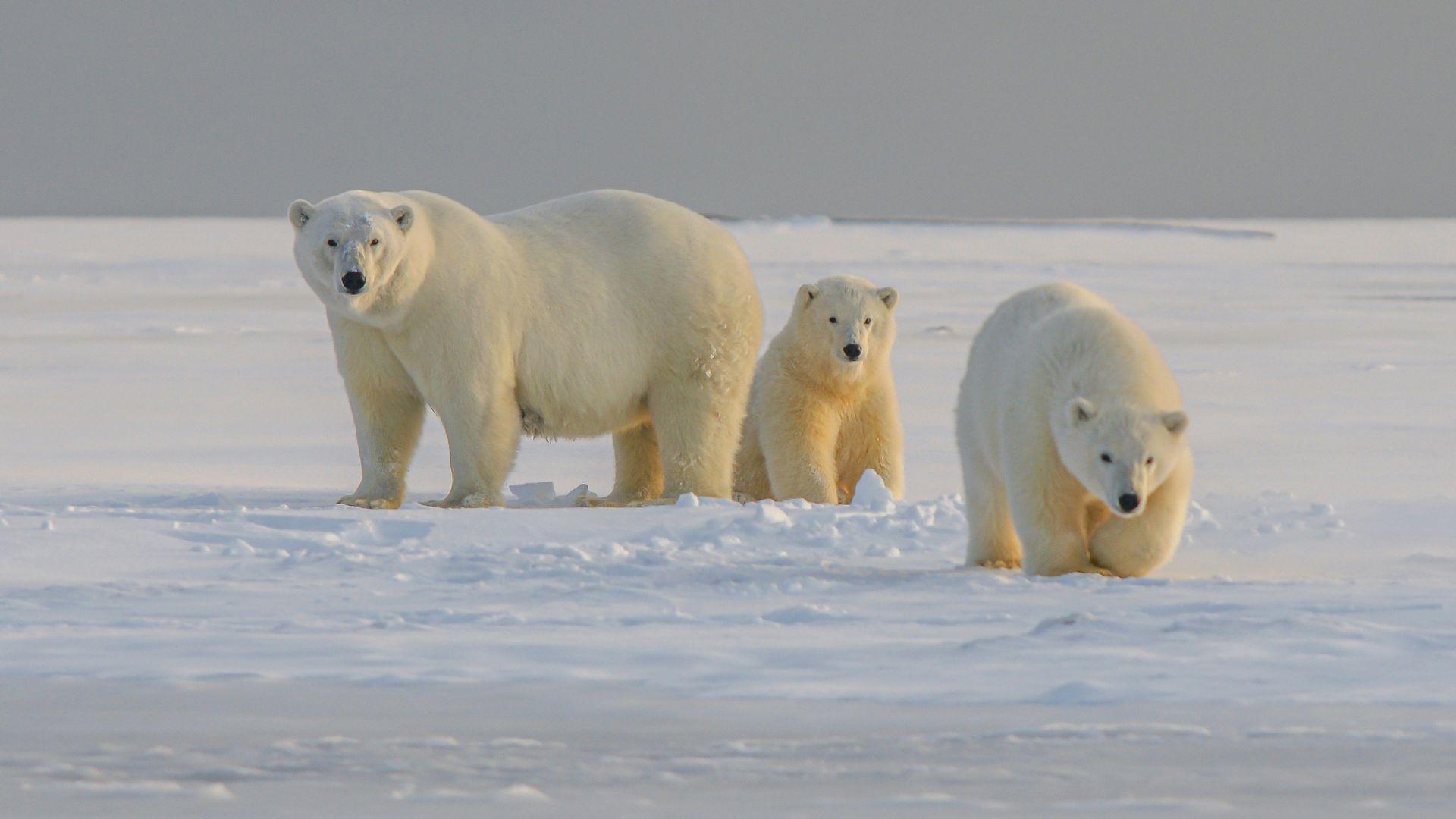
Source: Hans-Jurgen Mager/Unsplash
The ocean warming has already led to many crises — though, scientists warn more are on the way. Polar bears and many other Arctic species have already begun to become threatened by climate change.
Rising Ocean Temperatures Could Harm Greenland
The nuclear waste left behind by the U.S. in Greenland could also be affected by the rising temperature and warm ocean water. After all, this radioactive waste is underneath ice.
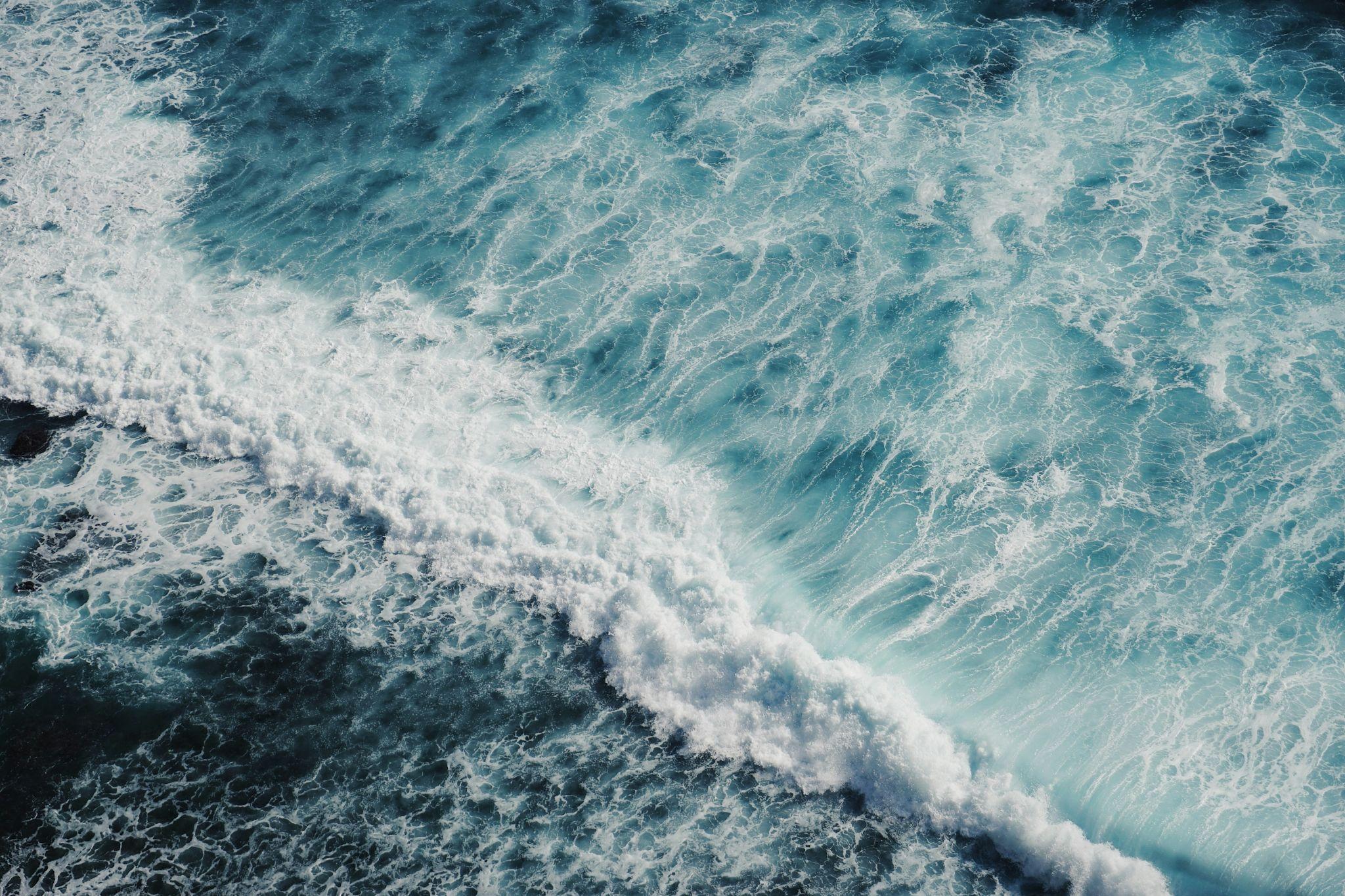
Source: Andrzej Kryszpiniuk/Unsplash
If this ice completely melts, then the frozen waste could quickly become exposed to people and the region. According to the new study, this could happen as early as 2100.
Spain’s Nuclear History
The U.S. also had a radioactive accident in Spain during the Cold War. In 1966, a U.S. Air Force bomber and another aircraft collided together over Palomares, Spain. This accident resulted in four thermonuclear weapons being released in the region.
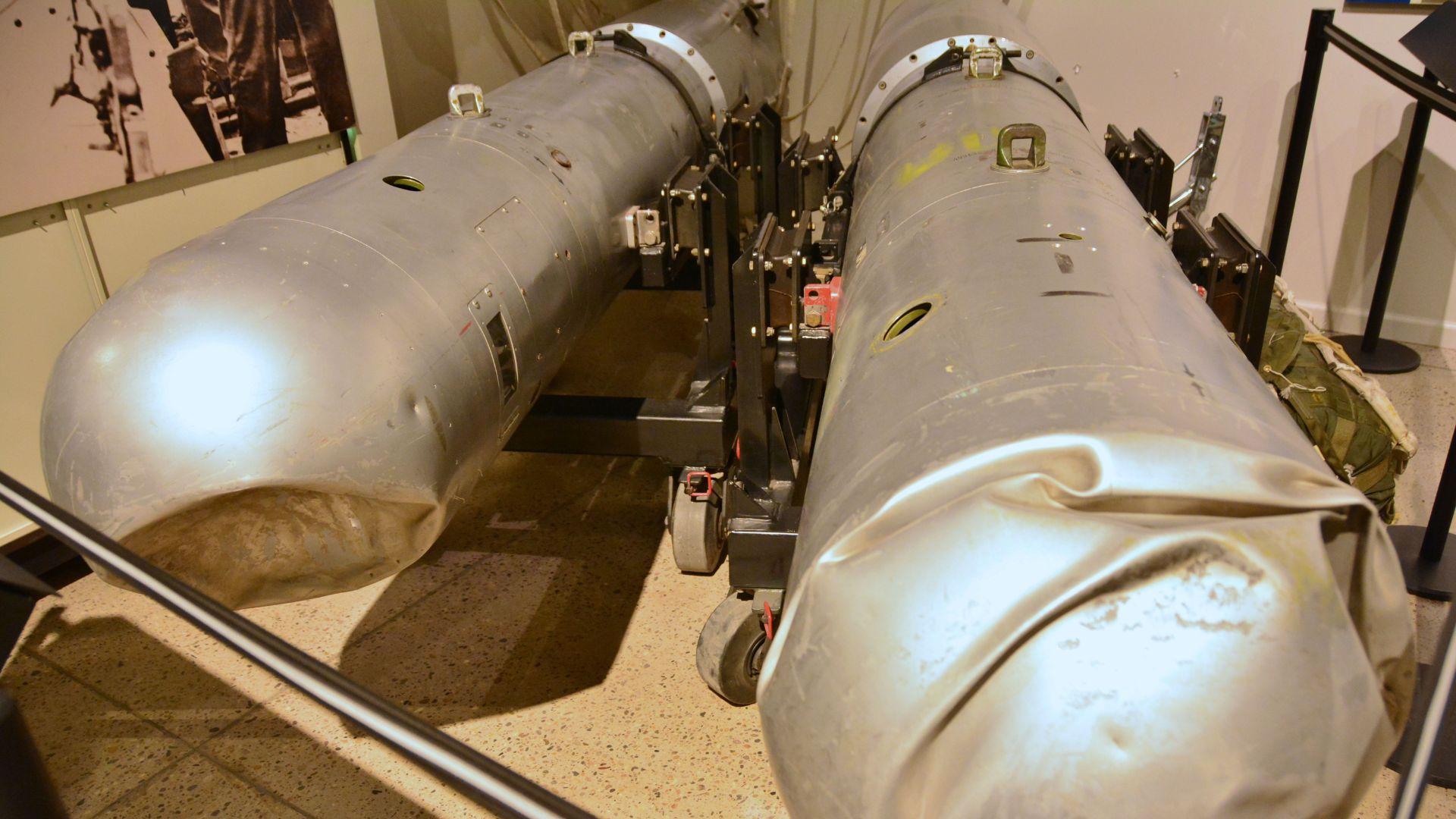
Source: Mike McBey/Wikimedia Commons
Though Spain and the U.S. cleaned up much of this radioactive material, they didn’t get all of the debris. Now, this report has ignited concerns that climate change could impact the leftover waste in this region, as well.
Many Criticize the U.S. Government
In the past few decades, the U.S. has conducted nuclear tests in various parts of the world. Now, the Department of Energy is saying that the risk of remaining nuclear waste is low for people.
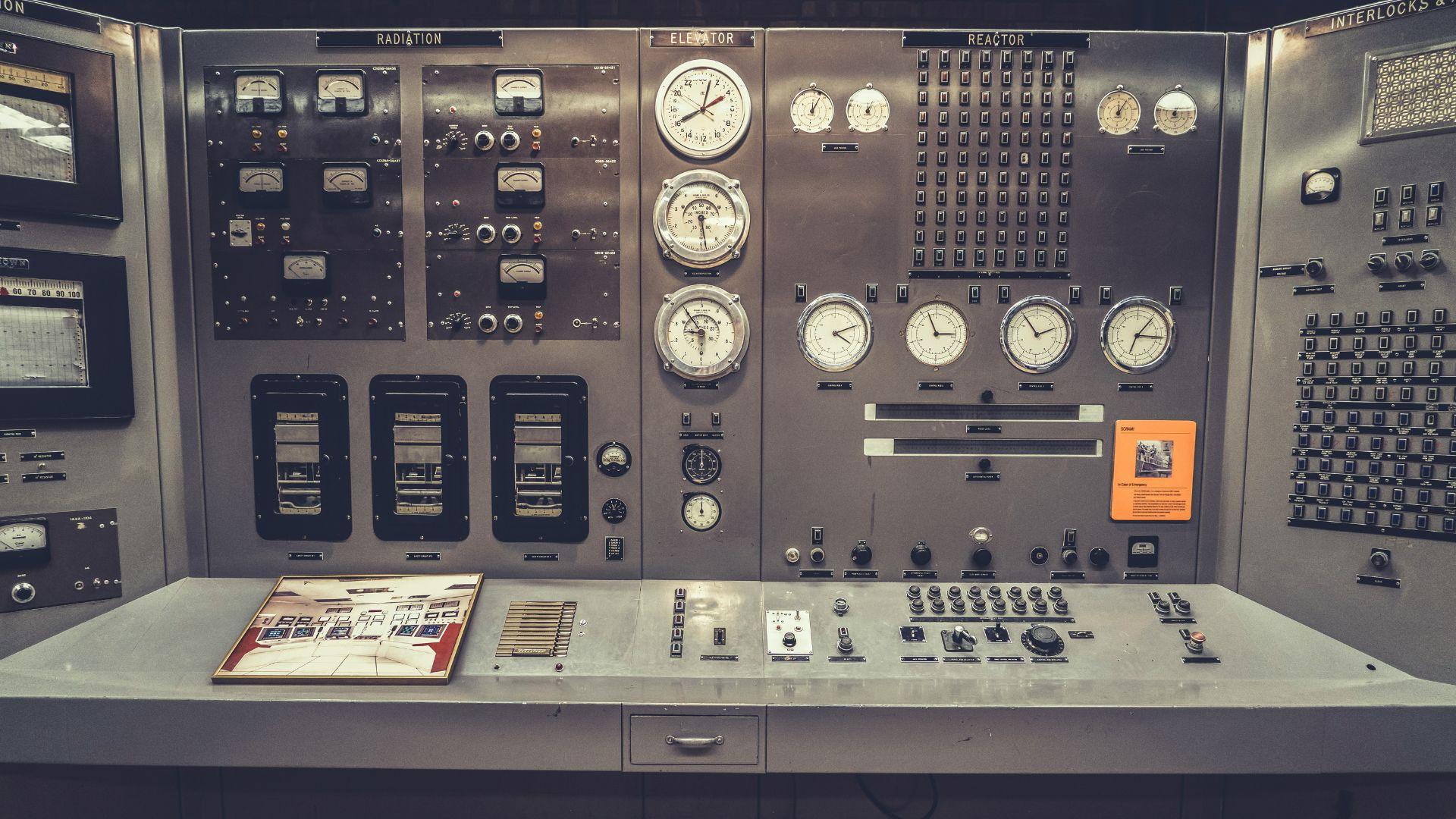
Source: Dan Meyers/Unsplash
However, critics disagree with this standpoint. In particular, many in the Marshall Islands think the DOE is not being honest about what they see as a growing risk.
No Cleanup Plans
One of the biggest issues these critics have is the U.S.’s lack of cleanup plans. This report has exacerbated the worries many have about left behind nuclear waste. People say that they need action, not communication.
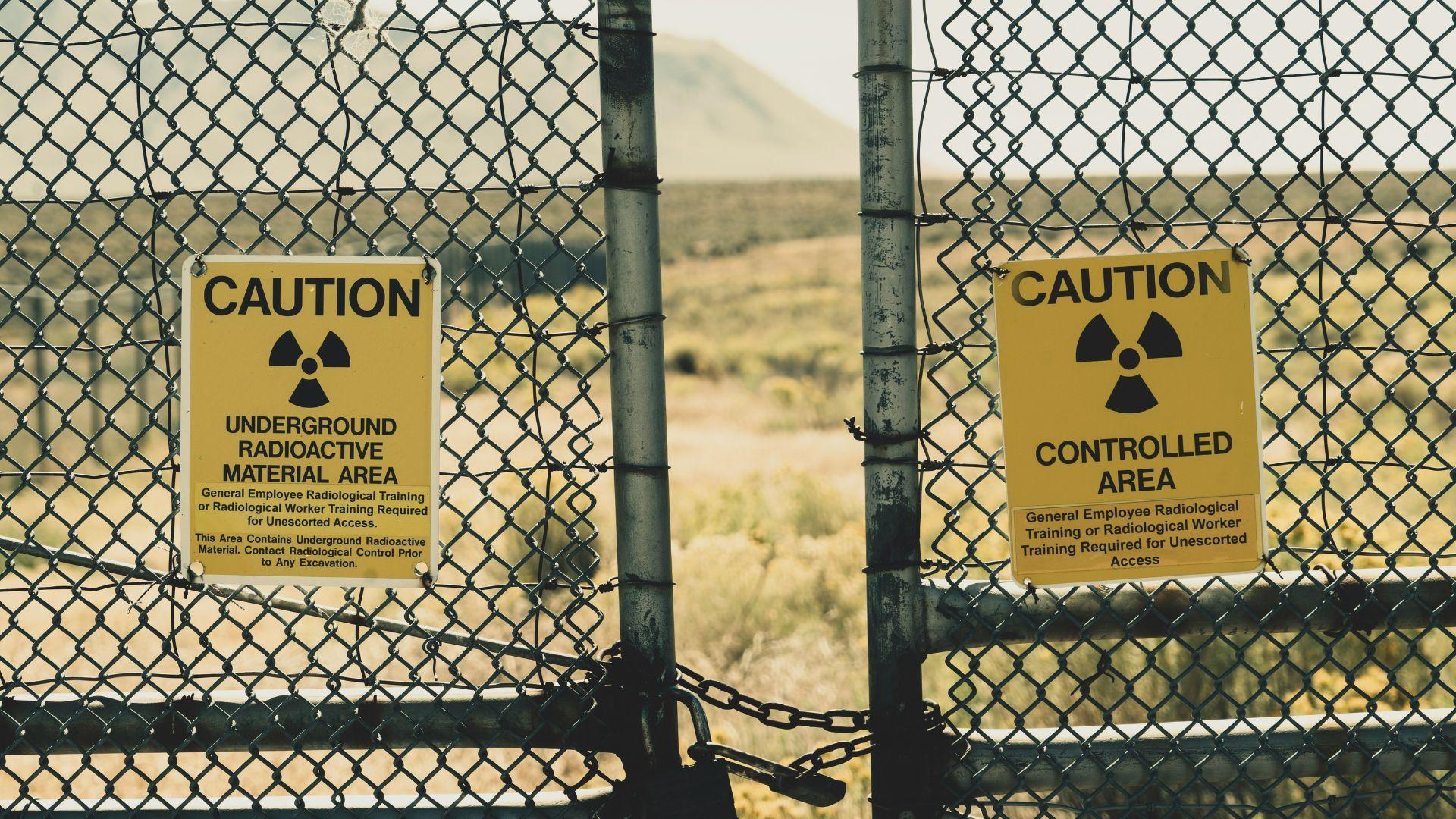
Source: Dan Meyers/Unsplash
“What we need now is action and implementation on environmental remediation. We don’t need a communication strategy,” Ariana Tibon, the National Nuclear Commission chair in the Marshall Islands, said. “If they know that it’s contaminated, why wasn’t the recommendation for next steps on environmental remediation, or what’s possible to return these lands to safe and habitable conditions for these communities?”
